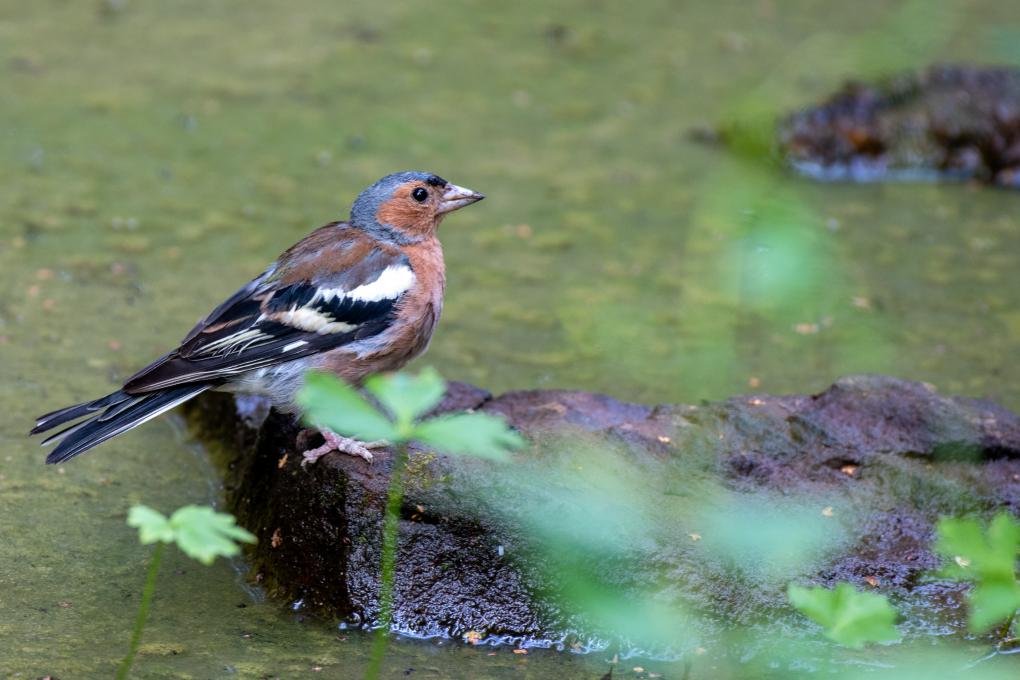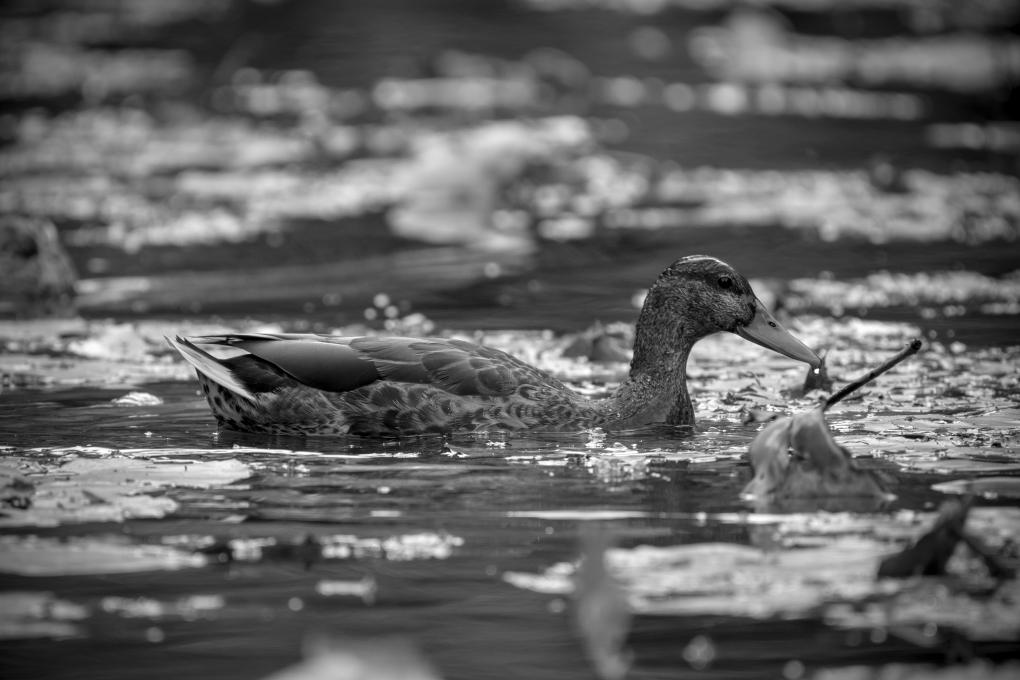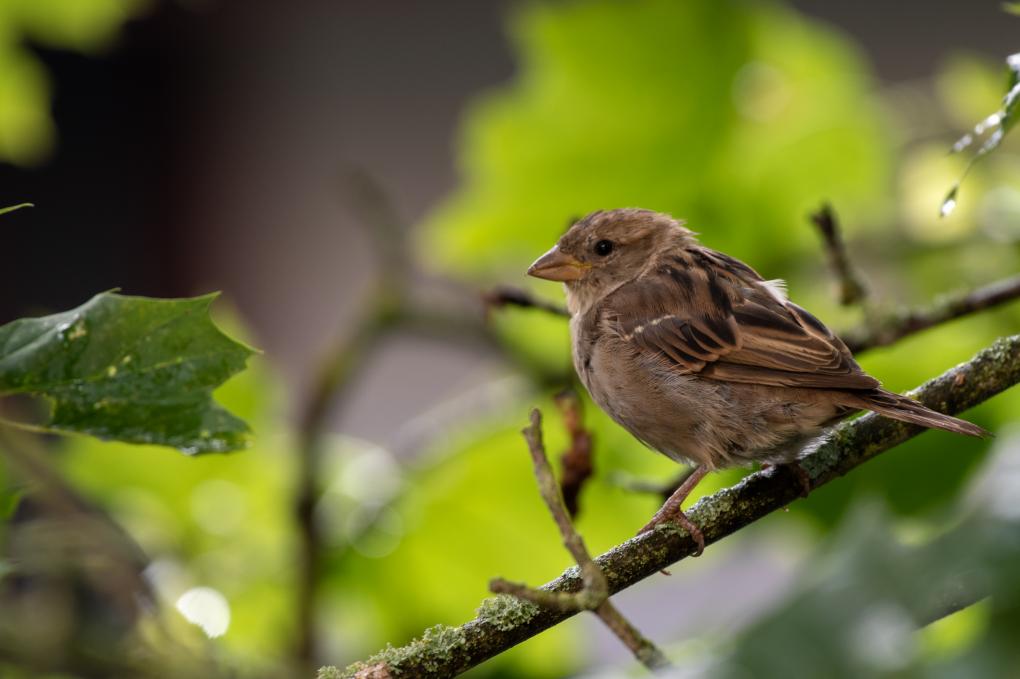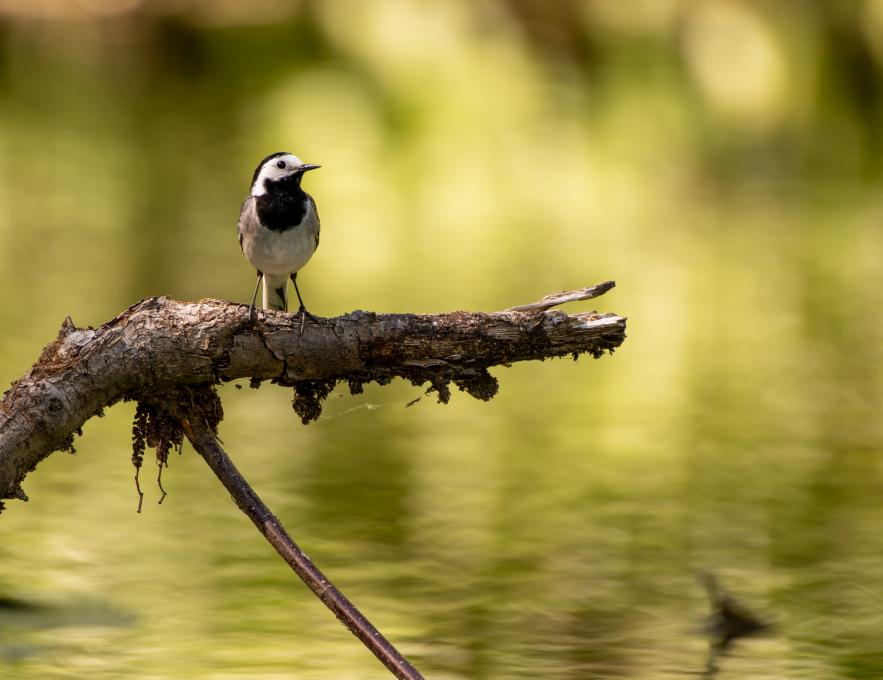Siddhesh
Forum Replies Created
Viewing 5 posts - 1 through 5 (of 5 total)
-
SiddheshParticipantThis is an amazing click! Mesmerizing photo...particularly great example of what happens when you are patient and explorative with breaking the rules :)in reply to: Practice Getting Creative and Telling Stories #729098
-
SiddheshParticipantLovely photo! Loved the finch. Just a small note: would have been better if the limbs had not been cut :)in reply to: Practice Crafting Great Bird Photos #729072
-
SiddheshParticipantI really like this photo. It shows the colour features of the bird. It would have been better if there was no obstructing object. However, on the other hand, I think it also shows how well the bird tries to ambush itself.in reply to: Practice Crafting Great Bird Photos #729071
-
SiddheshParticipantWell, I have been spending a lot of time in my Virology Lab and had less time for photography. However, I followed the tips and essential field techniques. I also tried to begin from my home where I tried to photograph only sparrows. Another location was a pond a bit close to my home where I photographed ducks. Suggestions and comments are welcome! Thanks, Sidd


 in reply to: Practice Gaining an Audience with Birds #728823
in reply to: Practice Gaining an Audience with Birds #728823 -
SiddheshParticipantThis was my first successful sighting and close observation of a bird! Common name: Common Wagtail Scientific name: Motacilla alba
 I recently began observing birds in my surroundings. This was one of the commonly encountered species in the garden and surroundings with ample fresh water.
Observation: This species appeared almost daily and at different times of the day. One interesting observation was (correct me if I am wrong), that it tried to keep its radius of food capture constant. When I tried to go near it (15 feet away), it flew away to the next perch, whoch was about 30 feet away. However, as I kept still and sat there for a while, it returned to its radius of food search. Also, it seemed to be a pretty confident bird. I also saw a second one, which it tried to follow. I do not clearly understand if it was an opposite gender, since the information about the bird says that it breeds throughout the year, but especially from July till December.
I think the research I did at the beginning helped me to know which species are commonly found and I can hope to see most of the times during the day. This also means that I had more chances of spotting it. I look forward to learning and applying it in the field.
Thanks,
Siddhesh in reply to: Practice Understanding Birds for Better Photos #723409
I recently began observing birds in my surroundings. This was one of the commonly encountered species in the garden and surroundings with ample fresh water.
Observation: This species appeared almost daily and at different times of the day. One interesting observation was (correct me if I am wrong), that it tried to keep its radius of food capture constant. When I tried to go near it (15 feet away), it flew away to the next perch, whoch was about 30 feet away. However, as I kept still and sat there for a while, it returned to its radius of food search. Also, it seemed to be a pretty confident bird. I also saw a second one, which it tried to follow. I do not clearly understand if it was an opposite gender, since the information about the bird says that it breeds throughout the year, but especially from July till December.
I think the research I did at the beginning helped me to know which species are commonly found and I can hope to see most of the times during the day. This also means that I had more chances of spotting it. I look forward to learning and applying it in the field.
Thanks,
Siddhesh in reply to: Practice Understanding Birds for Better Photos #723409
Viewing 5 posts - 1 through 5 (of 5 total)



 I recently began observing birds in my surroundings. This was one of the commonly encountered species in the garden and surroundings with ample fresh water.
Observation: This species appeared almost daily and at different times of the day. One interesting observation was (correct me if I am wrong), that it tried to keep its radius of food capture constant. When I tried to go near it (15 feet away), it flew away to the next perch, whoch was about 30 feet away. However, as I kept still and sat there for a while, it returned to its radius of food search. Also, it seemed to be a pretty confident bird. I also saw a second one, which it tried to follow. I do not clearly understand if it was an opposite gender, since the information about the bird says that it breeds throughout the year, but especially from July till December.
I think the research I did at the beginning helped me to know which species are commonly found and I can hope to see most of the times during the day. This also means that I had more chances of spotting it. I look forward to learning and applying it in the field.
Thanks,
Siddhesh
I recently began observing birds in my surroundings. This was one of the commonly encountered species in the garden and surroundings with ample fresh water.
Observation: This species appeared almost daily and at different times of the day. One interesting observation was (correct me if I am wrong), that it tried to keep its radius of food capture constant. When I tried to go near it (15 feet away), it flew away to the next perch, whoch was about 30 feet away. However, as I kept still and sat there for a while, it returned to its radius of food search. Also, it seemed to be a pretty confident bird. I also saw a second one, which it tried to follow. I do not clearly understand if it was an opposite gender, since the information about the bird says that it breeds throughout the year, but especially from July till December.
I think the research I did at the beginning helped me to know which species are commonly found and I can hope to see most of the times during the day. This also means that I had more chances of spotting it. I look forward to learning and applying it in the field.
Thanks,
Siddhesh